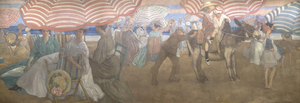מדבר פאלם
תערוכותעבודות עבודה על שירותי חדשות הקשורים לצפייה
הגלריה שלנו במדבר פאלם ממוקמת במיקום מרכזי באזור פאלם ספרינגס בקליפורניה, בסמוך לאזור הקניות והאוכל הפופולרי של אל פאסאו. קהל הלקוחות שלנו מעריך את הבחירה שלנו באמנות שלאחר המלחמה, מודרנית ועכשווית. מזג האוויר המדהים בחודשי החורף מושך מבקרים מכל רחבי העולם לראות את המדבר היפה שלנו, ולעצור ליד הגלריה שלנו. הנוף המדברי ההררי שבחוץ מספק את הרקע הנופי המושלם לסעודה הוויזואלית שמחכה בפנים.
שדרות פורטולה 45188
פאלם דזרט, קליפורניה 92260
(760) 346-8926
שעות:
שני-שבת 9:00-17:00
תערוכות
גרפיקה בתצוגה
בחדשות
שירותים
הת'ר ג'יימס פיין ארט מספקת מגוון רחב של שירותים מבוססי לקוח המתאימים לצרכי איסוף האמנות הספציפיים שלך. צוות התפעול שלנו כולל מטפלים מקצועיים באמנות, מחלקת רשם מלאה וצוות לוגיסטי בעל ניסיון רב בהובלת אמנות, התקנה וניהול אוספים. עם שירות כפפות לבנות וטיפול מותאם אישית, הצוות שלנו עובר את הקילומטר הנוסף כדי להבטיח שירותי אמנות יוצאי דופן עבור לקוחותינו.













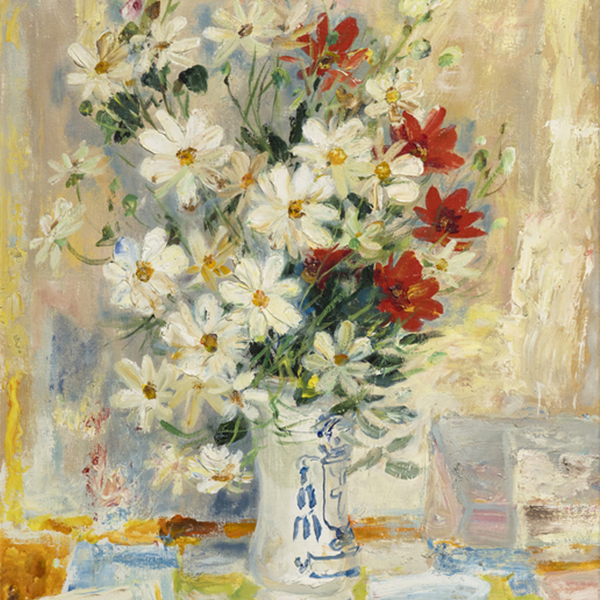


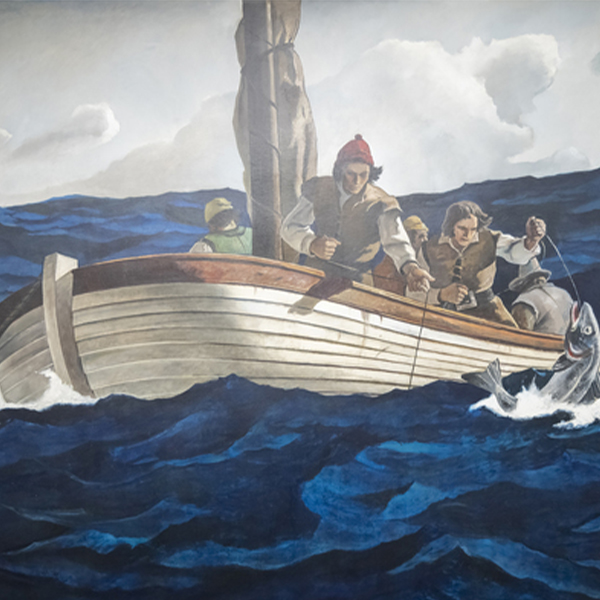



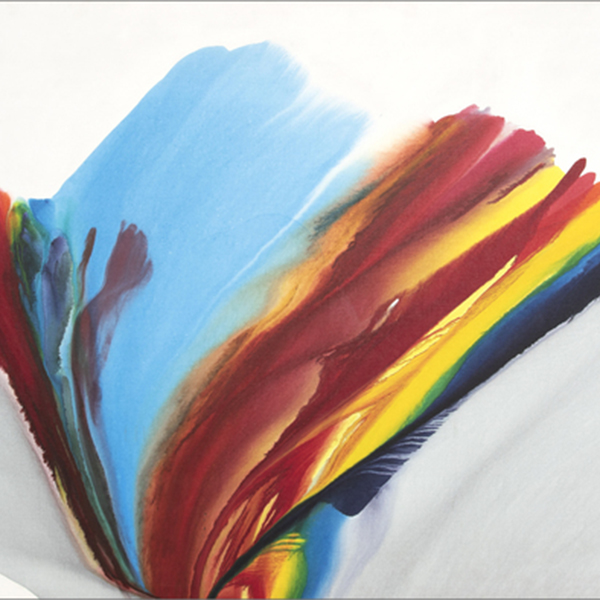
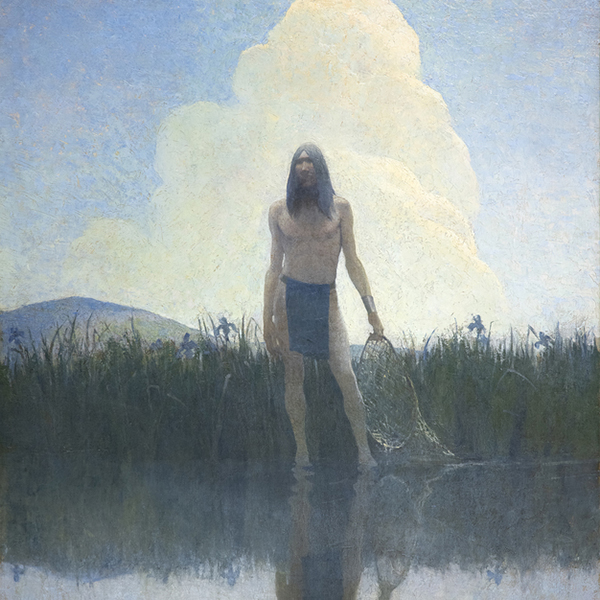





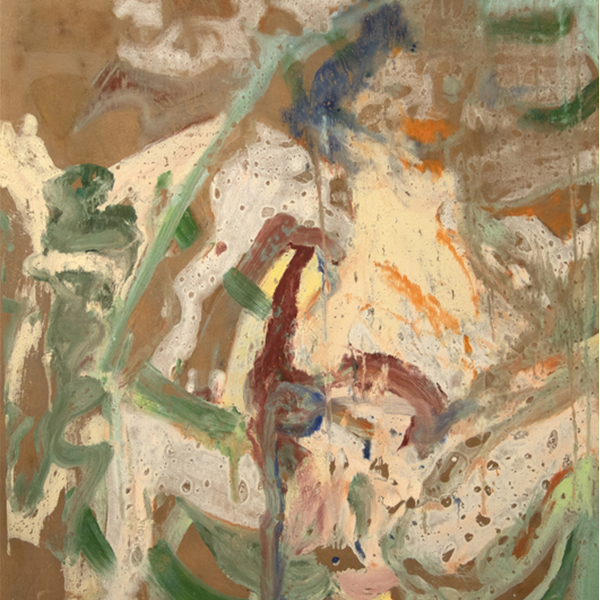




,_new_mexico_tn40147.jpg )
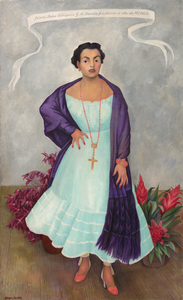


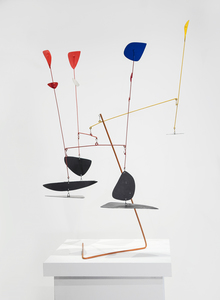






_tn45731.jpg )
_tn45734.jpg )

_tn43950.jpg )
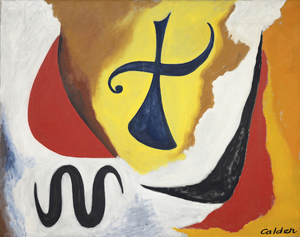


_tn45733.jpg )

_tn45732.jpg )
_tn27035.jpg )
_tn44121.jpg )



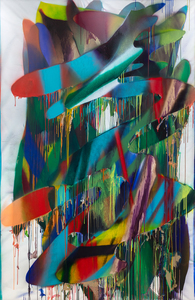
_tn27843.jpg )

_tn45730.jpg )


_tn45729.jpg )









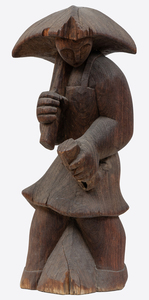
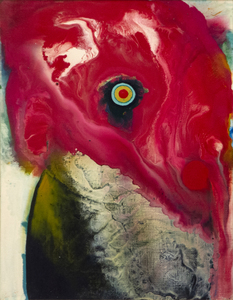

_tn39239.jpg )

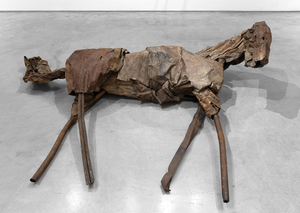

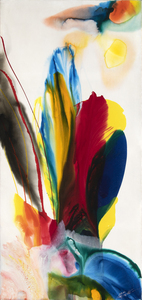







_tn28596.jpg )
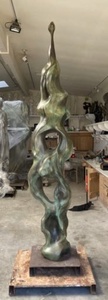























_tn45600.jpg )
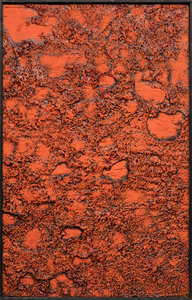
_tn37425.jpg )





























_tn45739.b.jpg )
_tn40169.jpg )
